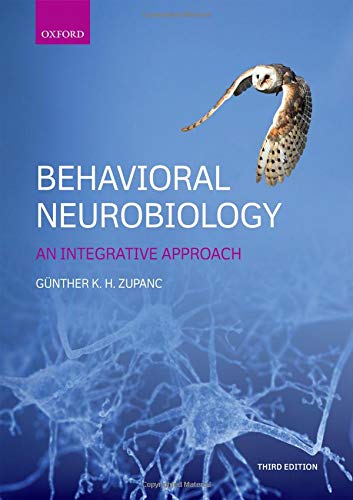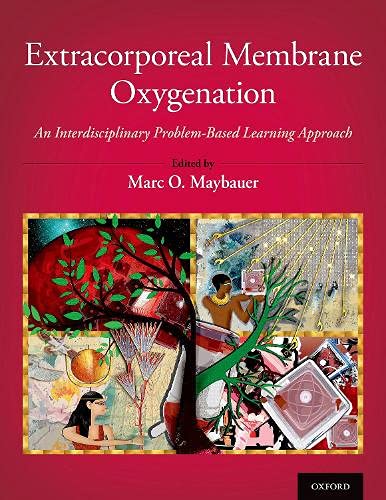-42%
Differential Diagnosis of Autism Spectrum Disorder: A Comprehensive Guide
By Katherine K. M. Stavropoulos and James C. McPartland
Differential diagnosis is the complex process of distinguishing between different conditions that share similar symptoms. In the case of autism spectrum disorder (ASD), this process is particularly challenging due to the overlap in symptoms with other commonly co-occurring conditions. This comprehensive guide provides clinicians with a framework for navigating these diagnostic complexities and making informed decisions.
Chapter 1: Clinical Considerations for Differential Diagnosis of ASD
This chapter establishes the foundation for understanding the diagnostic process for ASD. It explores the key characteristics of ASD and discusses the common differential diagnoses, such as anxiety disorders, attention deficit/hyperactivity disorder (ADHD), language disorders, and developmental delay. The authors emphasize the importance of considering both the presenting symptoms and the developmental history of the child.
Chapter 2: ASD versus Anxiety Disorders
The overlap between ASD and anxiety disorders can pose diagnostic challenges. This chapter examines the similarities and differences between these conditions, focusing on the specific symptoms that distinguish them. The authors provide guidance on assessing the presence of social anxiety, generalized anxiety, and obsessive-compulsive disorder in children with ASD.
Chapter 3: ASD versus Attention Deficit/Hyperactivity Disorder
The co-occurrence of ASD and ADHD is common and can lead to confusion in diagnosis. This chapter delves into the diagnostic criteria for both conditions and explores the ways in which they can manifest differently in children with ASD. The authors discuss the importance of differentiating between attentional difficulties that are part of ASD and those that are indicative of ADHD.
Chapter 4: ASD versus Language Disorders
Language impairments are a common feature of ASD, but they can also occur in isolation. This chapter examines the types of language disorders that co-occur with ASD and provides guidance on distinguishing between them. The authors discuss the importance of assessing both verbal and nonverbal communication skills and consider the potential impact of environmental factors on language development.
Chapter 5: ASD versus Developmental Delay
Developmental delay is a broad term that encompasses a range of conditions that affect a child’s overall development. This chapter explores the potential overlap between ASD and developmental delay, including the specific developmental milestones that may be affected. The authors provide guidance on conducting a thorough assessment to determine whether the child meets the diagnostic criteria for ASD.
Chapter 6: Clinical Case Studies and Decision Trees
The final chapter presents a series of real-world clinical case studies to illustrate the diagnostic process. The authors walk readers through the decision-making process for each case, highlighting the key symptoms and considerations that led to the final diagnosis. In addition, the chapter includes a set of decision trees that provide a visual representation of the diagnostic pathway for different differential diagnoses.
This guide serves as an invaluable resource for clinicians involved in the diagnosis of autism spectrum disorder. By providing a comprehensive framework for differential diagnosis, the authors empower clinicians to make informed decisions that will lead to appropriate treatment and support for children with ASD.
maybe you like these too:
- Psychiatry Certification Board Review Course 2020 (The Passmachine) (Videos)
- Autism Spectrum Disorders: Practical Overview For Pediatricians, An Issue of Pediatric Clinics (The Clinics: Internal Medicine) (Original PDF from Publisher)
- Symptom-Based Diagnosis in Pediatrics (CHOP Morning Report) (EPUB)
- Developmental Psychology: A Students Handbook








Reviews
Clear filtersThere are no reviews yet.